Les skis freestyle et park sont conçus pour des styles de ski différents, et choisir le bon dépend de la façon dont vous passez votre temps sur les pistes. Voici un aperçu rapide :
- Freestyle Skis : Idéaux pour la polyvalence. Parfaits pour l'all-mountain et les snowparks. Ils combinent les profils cambrure et rocker pour la stabilité et l'adaptabilité. Les prix varient de 300 $ à 800 $.
- Park Skis : Conçus pour les figures en snowpark comme les rails, sauts et halfpipes. Ils ont un profil à cambrure complète, des arêtes renforcées et une flexibilité plus souple pour la durabilité et la performance aérienne. Les prix varient de 400 $ à 1 000 $.
Comparaison rapide:
| Caractéristique | Skis Freestyle | Skis de parc |
|---|---|---|
| Idéal pour | All-mountain + park | Figures en snowpark |
| Profil | Cambrure + rocker | Cambrure complète |
| Durabilité | Construction standard | Arêtes renforcées |
| Fourchette de prix | $300–$800 | $400–$1,000 |
| Performance en poudre | Meilleur | Limité |
Si vous voulez de la polyvalence et une performance tout-terrain, optez pour les skis freestyle. Pour des figures spécifiques au park, les skis de park sont votre meilleur choix.
Caractéristiques de conception
Types de profils de base
Le profil de base est un facteur clé qui distingue les skis de park des skis freestyle. Les skis de park présentent généralement un profil cambré complet, ce qui améliore leur dynamisme et leur réactivité - idéal pour les figures et sauts sur surfaces damées. En revanche, les skis freestyle combinent profils cambré et rocker pour offrir une performance plus polyvalente, permettant aux skieurs de naviguer facilement sur des terrains divers. Cette distinction fondamentale dans le design joue un rôle important dans la performance de chaque type sur différentes surfaces.
The FIVE 2023 Men’s Freestyle/Park Skis Sélectionné Experts Love | Curated
Performance sur terrain
Les skis de park et freestyle sont conçus pour des terrains spécifiques, chacun offrant des avantages clairs selon les conditions. Décomposons comment ces skis performent dans divers environnements et sur différentes caractéristiques.
Compétences en terrain park
Les skis de park sont dans leur élément dans le terrain park. Leur design symétrique à double spatule et leurs fixations centrées les rendent parfaits pour les figures techniques, les rotations et le ski en switch. Ces skis sont légers mais durables, ce qui aide à la réactivité sur les rails et les boxes. Un excellent exemple est le Armada ARV 86, reconnu pour son équilibre et sa précision en park. Alors que les skis de park dominent le park, les skis freestyle apportent de la polyvalence, performants aussi bien dans ces environnements contrôlés qu’au-delà.
Utilisation tout-terrain
Les skis freestyle sont conçus pour gérer bien plus que les seuls éléments du park. Ils brillent sur des terrains variés, des pistes damées à la poudreuse légère. Des modèles comme le Salomon QST 98 et le Rossignol Black Ops équilibrent une flexion légèrement plus rigide avec une répartition du poids uniforme, offrant une stabilité à haute vitesse. Cela fait des skis freestyle un choix solide pour les skieurs qui veulent explorer toute la montagne, que ce soit en dévalant les pistes damées ou en affrontant des conditions de neige mixtes.
| Aspect performance | Skis de parc | Skis Freestyle |
|---|---|---|
| Stabilité à grande vitesse | Modéré | Élevé |
| Capacité de figures | Excellent | Très bon |
| Performance en poudre | Limité | Meilleur |
| Contrôle sur rails/boxes | Supérieur | Bon |
| Maniabilité sur pistes damées | Bon | Excellent |
Halfpipe et hors-piste
Dans le halfpipe, les skis de park excellent. Leur flex et pop constants les rendent idéaux pour garder le contrôle sur les murs verticaux et réussir les figures aériennes. Cependant, leur taille de patin étroite - généralement moins de 90 mm - limite leur efficacité dans la poudreuse profonde ou sur un terrain hors-piste irrégulier.
Les skis freestyle, quant à eux, sont mieux adaptés aux conditions légères hors-piste. Grâce à leur taille de patin plus large et leurs profils cambrés-rocker mixtes, ils offrent une meilleure flottaison dans la neige variable. Bien qu'ils ne remplacent pas complètement les skis dédiés à la poudreuse, ils offrent une performance plus équilibrée pour les skieurs qui aiment s'aventurer hors des sentiers battus.
sbb-itb-17ade95
Qualité de fabrication
La construction et les matériaux des skis jouent un rôle crucial dans leur performance en freestyle et en park.
Construction des carres et semelles
Les skis de park sont conçus pour encaisser les chocs. Ils sont équipés de carres et semelles renforcées fabriquées à partir de matériaux à haute densité, conçus pour résister aux impacts constants des rails, boxes et atterrissages durs. En revanche, les skis freestyle ont une construction plus standard, trouvant un équilibre entre durabilité et polyvalence pour bien performer dans une variété de conditions de neige.
| Caractéristique de construction | Skis de parc | Skis Freestyle |
|---|---|---|
| Construction des carres et semelles | Renforcé pour supporter les impacts répétés | Construction standard pour la polyvalence |
| Poids | Légèreté pour une meilleure performance aérienne | Légèrement plus lourds pour une stabilité accrue |
Cette attention portée à la conception des carres et de la semelle garantit que les deux types de skis performent de manière optimale dans leurs environnements respectifs.
Matériaux et poids
Les skis freestyle sont fabriqués avec un noyau en bois léger et renforcés en fibre de carbone. Cette combinaison garantit une bonne réactivité tout en offrant la stabilité nécessaire sur différents terrains. Les skis de park, en revanche, sont conçus avec une flexion plus souple, ce qui aide à absorber les chocs des atterrissages durs et facilite les rotations et spins lors des figures aériennes.
Ces différences de matériaux et de poids reflètent les exigences uniques de chaque type de ski. Les skis de park privilégient la durabilité et l'agilité pour les figures à fort impact, tandis que les skis freestyle visent une performance polyvalente sur des conditions variées.
Snowfeet Skiblades Aperçu

Snowfeet Skiblades allient agilité freestyle et stabilité en park, offrant une expérience unique aux passionnés de sports d'hiver. Ces skis compacts sont conçus pour réaliser des figures tout en conservant la stabilité nécessaire sur divers terrains.
Taille et portabilité
Les Snowfeet Skiblades sont disponibles en trois tailles - 65 cm, 99 cm et 120 cm - chacune adaptée à différents niveaux de compétence et préférences de glisse. Leur longueur plus courte les rend beaucoup plus faciles à transporter comparé aux skis traditionnels, qui mesurent généralement entre 150 et 190 cm.
| Modèle Skiblades | Longueur | Idéal pour |
|---|---|---|
| Niveau débutant | 65 cm | Débutants, figures freestyle basiques |
| All-Mountain | 99 cm | Sauts avancés, terrains variés |
| Performance | 120 cm | Stabilité à haute vitesse, pour riders expérimentés |
Ce design compact simplifie non seulement le transport mais améliore aussi la polyvalence, les rendant adaptés à une large gamme d'activités.
Polyvalence sur tous les terrains
Les Snowfeet Skiblades sont conçus pour performer dans diverses conditions de neige et sur plusieurs types de terrains. Leur longueur plus courte permet une grande maniabilité, parfaite pour les modules de parc, tout en assurant un bon contrôle des carres. Comme le dit Jakub F :
"Avec ces petits skis, on se sent beaucoup plus agile, plus rapide, et surtout – à l'aise. Pas de boucles, pas de bottes lourdes – il suffit de s'attacher et de partir."
Ces skiblades peuvent être utilisés au-delà des pistes de ski traditionnelles, ce qui en fait une excellente option pour :
- Pistes damées
- Parcs de terrain
- Pistes de ski de fond
- Petites collines de luge locales
- Aventures dans la neige du jardin
Prix et facilité d'utilisation
Les Snowfeet Skiblades offrent une façon abordable de se lancer dans les sports d'hiver. Le modèle 65 cm commence à 450,00 $, tandis que la version 99 cm est à 490,00 $. Comparé au coût d'un équipement de ski traditionnel complet, ces prix sont bien plus accessibles.
Les modèles 65 cm et 99 cm affichent tous deux une impressionnante note de 5,0/5 basée sur 96 avis vérifiés. Logan (@xskyskaterx) a partagé son enthousiasme :
"Je peux faire toutes mes figures de roller en ligne avec ces skis ! Boxes, sauts et rotations sont tous nouveaux et frais mais assez familiers pour apprendre sans trop tomber ! Honnêtement, c'est mon sport de neige. Je ne me vois vraiment pas reprendre des skis classiques. Ils sont rapides et agiles, pratiques et légers, parfaits pour déchirer la neige. 100 % recommandé !"
Grâce à leur conception légère et réactive, la courbe d'apprentissage est minimale - surtout pour ceux qui ont de l'expérience en roller en ligne. La plupart des utilisateurs se sentent à l'aise après une seule session, avec une progression naturelle des figures. Cela fait des Snowfeet Skiblades une option remarquable pour ceux qui cherchent à allier polyvalence, facilité et plaisir sur la neige.
Faire votre choix
Pour choisir les bons skis, il s'agit de les adapter à votre style de glisse et à ce que vous souhaitez accomplir. Voici un aperçu rapide pour vous aider à décider :
| Caractéristique | Skis de parc | Skis Freestyle | Snowfeet Skiblades |
|---|---|---|---|
| Idéal pour | Slides sur rails, petits sauts | Gros sauts, halfpipe | Figures polyvalentes, apprentissage rapide |
| Fourchette de prix | 400 $–1 000 $ | 500 $–1 200 $ | 450 $–650 $ |
| Courbe d'apprentissage | Modéré | Raide | Doux |
Ce tableau met en lumière les principales différences, mais votre niveau joue aussi un rôle important. Si vous débutez, le compact Snowfeet 65 cm est un excellent choix pour apprendre les figures de base. Pour les riders intermédiaires, le Snowfeet 99 cm offre un bon équilibre entre stabilité et agilité.
En plus de la taille et des performances, pensez à ces facteurs pratiques avant de prendre votre décision finale :
- Rangement et Transport : Les skis traditionnels peuvent être encombrants et difficiles à ranger, tandis que les Snowfeet Skiblades, faciles à transporter en sac à dos, sont parfaits pour les sorties rapides.
- Polyvalence : Les skis de park sont fantastiques dans les snowparks et peuvent gérer les virages, les bosses et même de petites zones de poudreuse. Mais gardez à l'esprit que leur conception spécialisée pourrait ne pas être aussi performante dans toutes les conditions de montagne.
- Budget : Un équipement complet de skis de park commence généralement entre 400 $ et 500 $. Pensez aussi à la durabilité - des skis de park bien conçus peuvent durer de 5 à 10 ans.
Enfin, rappelez-vous que la flexibilité est importante. Une flexibilité plus souple est meilleure pour les rails et les petits modules, tandis qu'une flexibilité plus rigide offre plus de stabilité pour les gros sauts.
FAQ
Comment choisir entre skis freestyle et skis de park selon mon style de ski ?
Choisir entre skis freestyle et skis de park dépend de vos préférences de ski et du terrain que vous appréciez le plus. Si vous êtes passionné par les figures, les sauts et que vous passez votre temps dans le snowpark, les skis de park sont parfaits. Ils présentent généralement un design twin-tip, un flex plus souple pour des atterrissages plus doux, et des fixations positionnées plus près du centre, ce qui aide à l'équilibre sur les rails et pendant les rotations.
Quant aux skis freestyle, ils sont un peu plus polyvalents, vous permettant de profiter non seulement du park mais aussi d'autres parties de la montagne. Ces skis combinent souvent des profils rocker et cambré, offrant une meilleure stabilité et un meilleur contrôle sur les pistes damées ou même en légère poudreuse. Donc, si votre principal objectif est de rider en park, les skis de park sont votre meilleur choix. Mais si vous cherchez quelque chose capable de gérer un mix de park et de terrain montagneux, les skis freestyle sont une option solide.
Qu'est-ce qui rend les skis de park idéaux pour les figures et les sauts dans les snowparks ?
Les skis de park sont conçus avec des caractéristiques qui les rendent idéaux pour réaliser des figures et des sauts dans les snowparks. Ils intègrent souvent des matériaux légers pour une meilleure maniabilité et un design twin-tip, qui rend la pratique en switch (en arrière) fluide et naturelle. Pour aider à l'équilibre lors des rotations et des atterrissages, les fixations sont généralement centrées. De plus, des carres renforcées ajoutent de la durabilité, surtout pour les grinds sur rails.
Un autre aspect clé est le flex du ski, qui impacte directement la performance. Un flex plus souple convient bien aux rails et jibs, tandis qu'un flex moyen offre de la polyvalence sur divers modules de park. Pour ceux qui s'attaquent à de gros sauts, un flex plus rigide apporte la stabilité nécessaire. Ces choix de conception font des skis de park l'équipement de référence pour les skieurs freestyle souhaitant améliorer leur niveau.
Les Snowfeet Skiblades sont-ils une bonne alternative aux skis traditionnels pour le freestyle et le park ?
Les Snowfeet Skiblades sont une option passionnante pour les skieurs qui veulent une alternative aux skis traditionnels, surtout pour le freestyle et le ski de park. Grâce à leur taille compacte, ils sont incroyablement faciles à manier, ce qui les rend parfaits pour réaliser des figures et naviguer sans effort dans les snowparks.
Les Skiblades 65 cm sont un excellent choix pour les débutants ou toute personne qui privilégie l'agilité et les mouvements rapides. En revanche, les Skiblades 99 cm offrent plus de stabilité, ce qui est idéal pour affronter des sauts plus grands et atteindre des vitesses plus élevées. Ces skiblades ne se limitent pas aux modules de park - ils performent aussi bien sur les pistes classiques, offrant une expérience portable et amusante pour les skieurs aventureux.

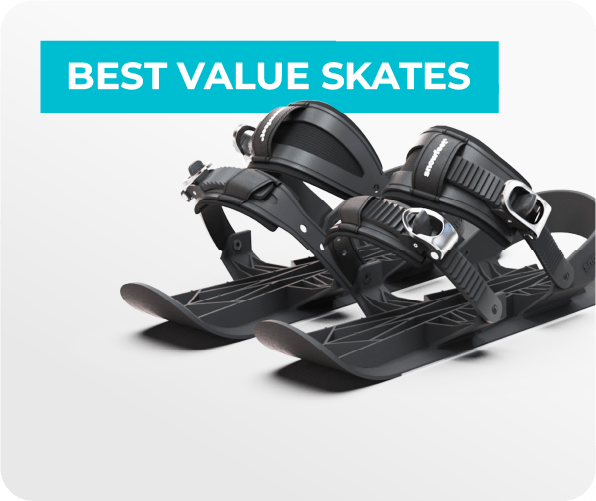
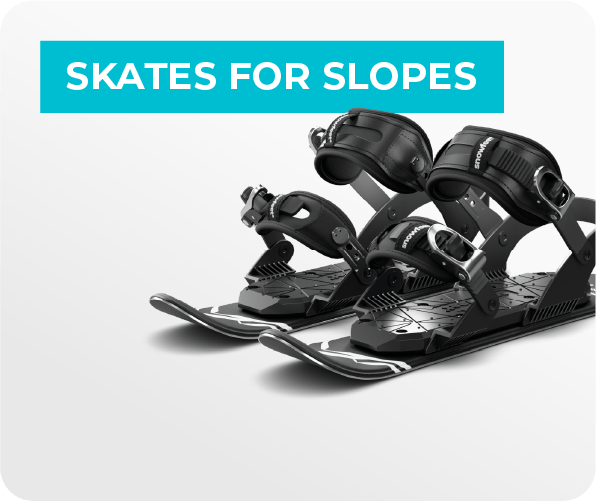
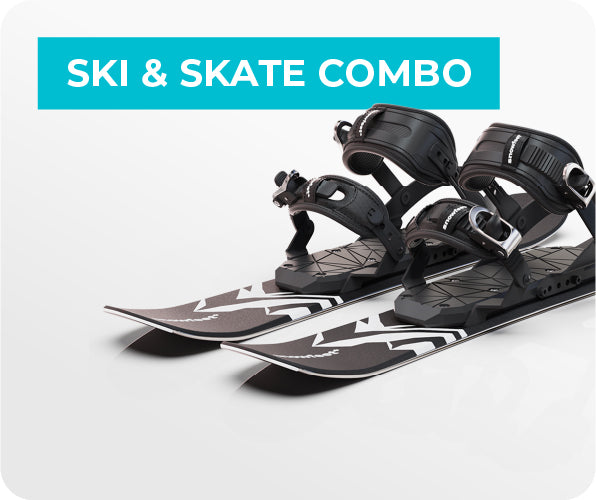
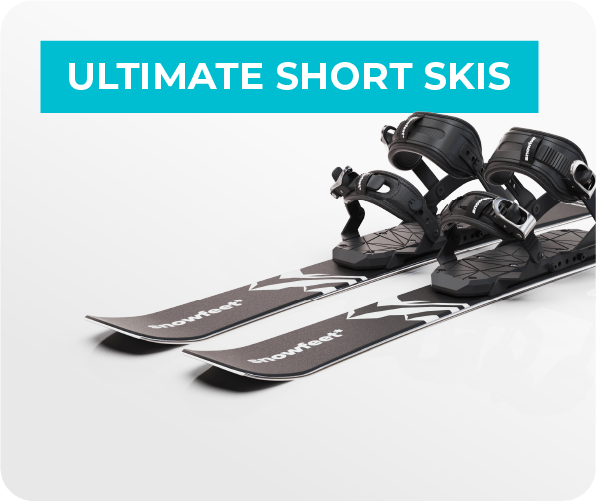
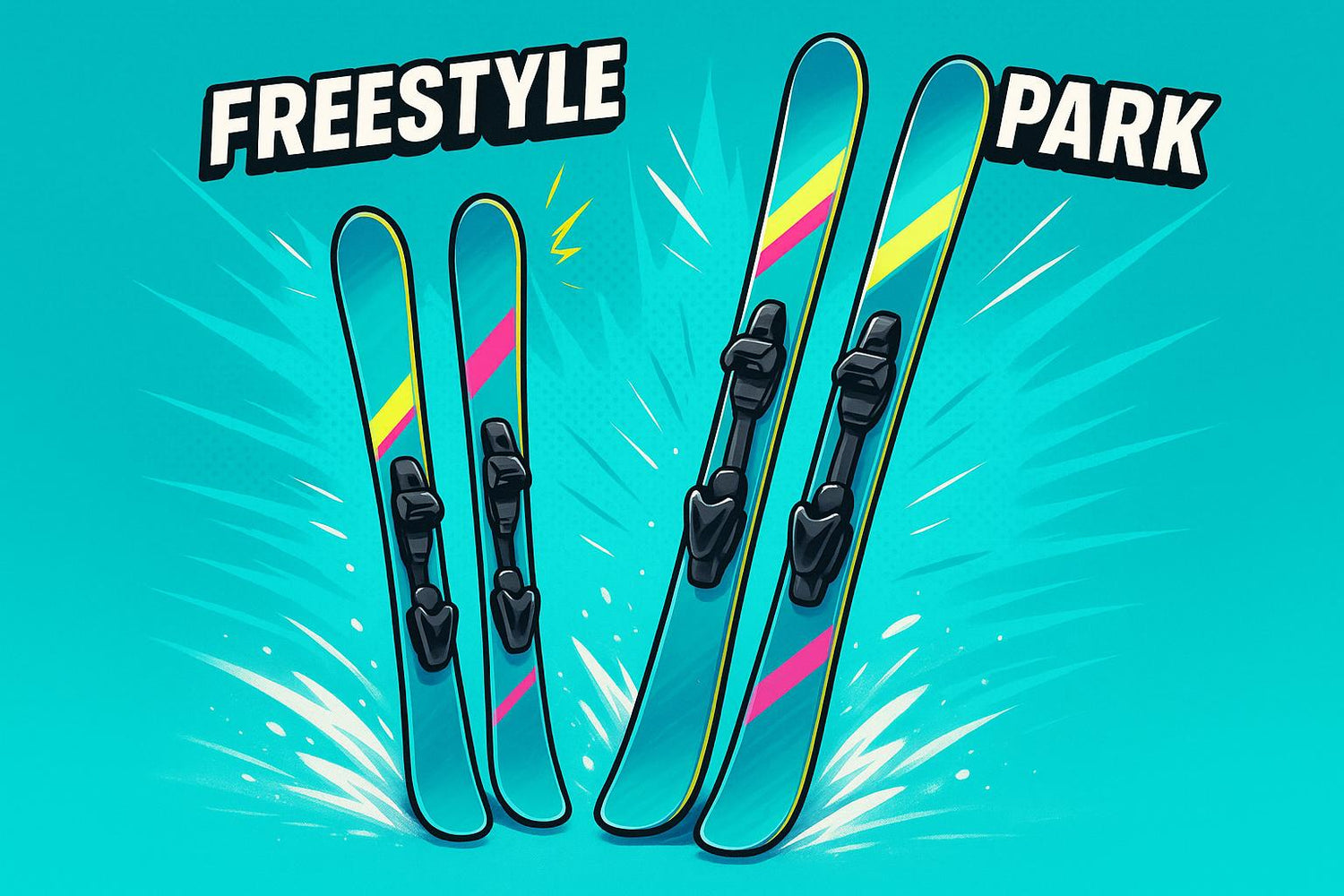
![Best Freestyle Skis for Beginners [2025]: Top Picks](http://www.snowfeetstore.com/cdn/shop/articles/6821aaf93c68b32f40f80e3e-1747038967449_edeb12fc-bc58-4c52-8645-41fe21418731-5491791.jpg?v=1758688815&width=1536)
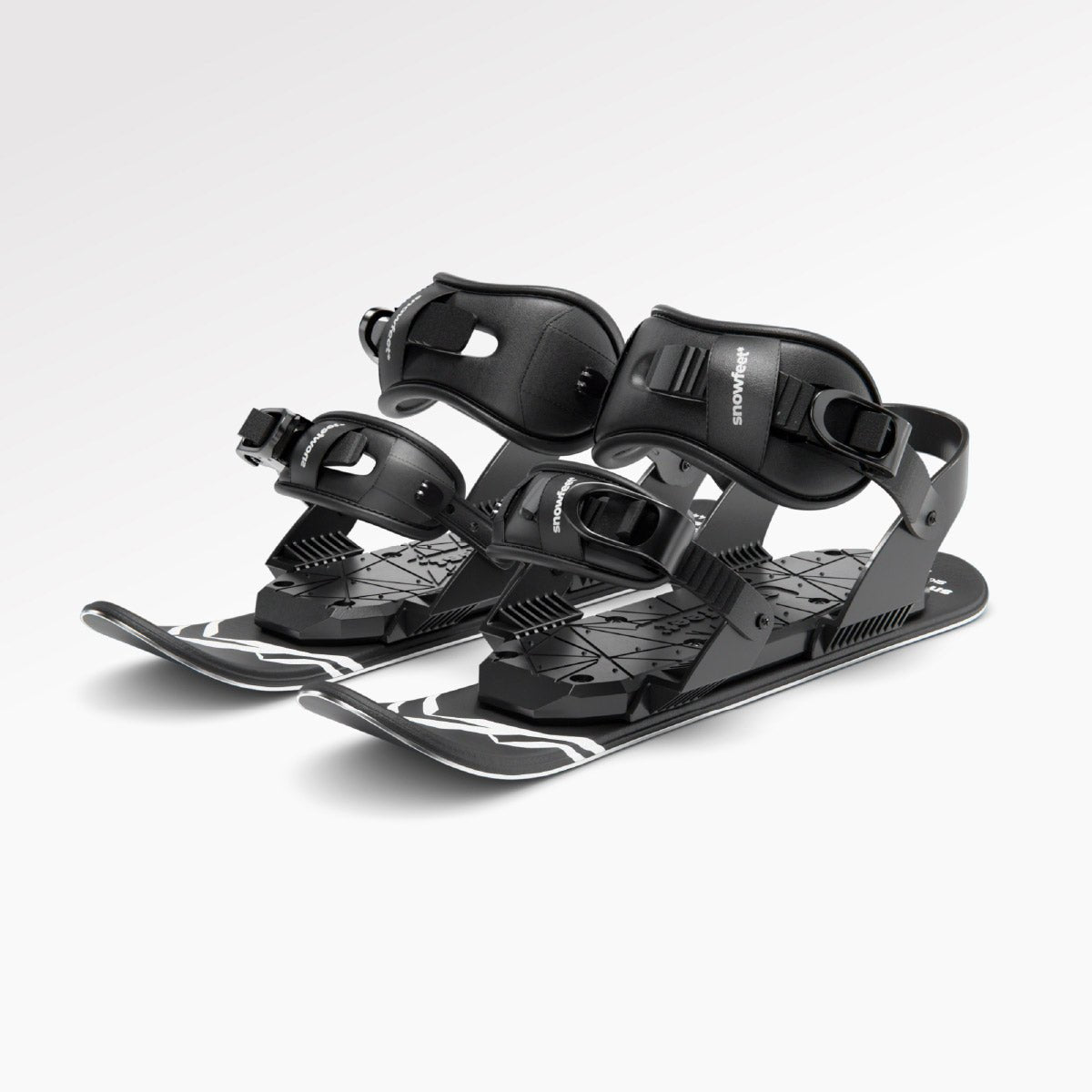
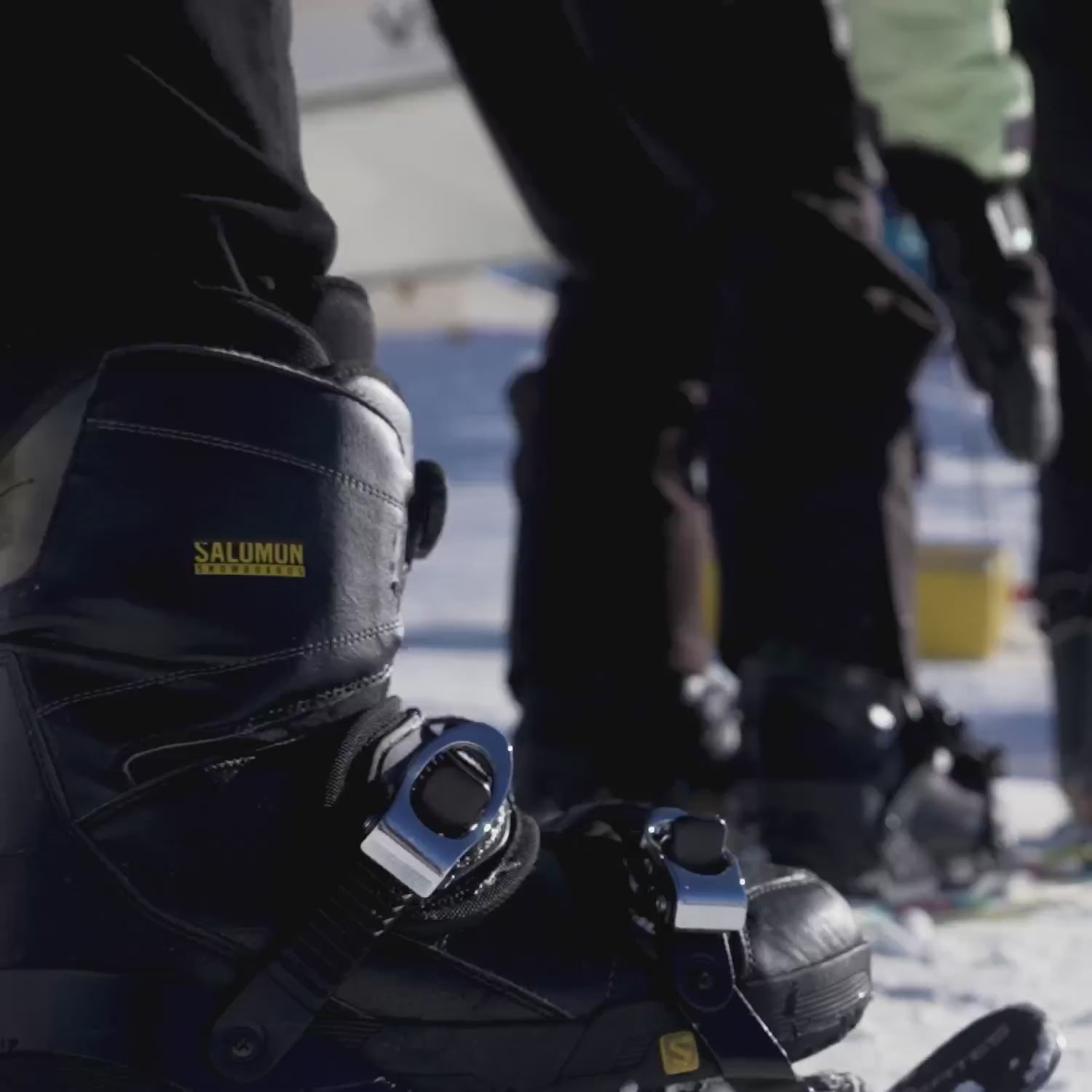
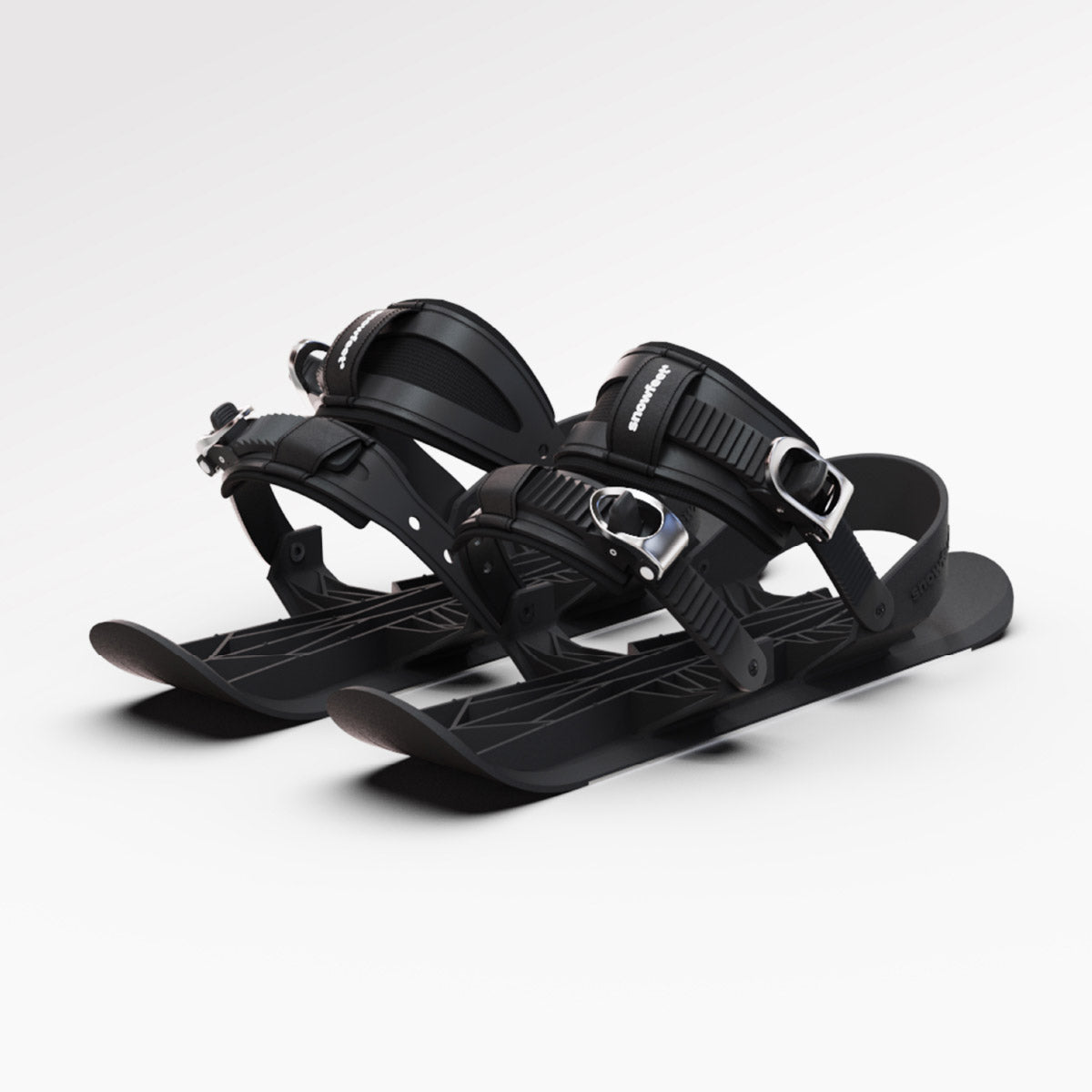
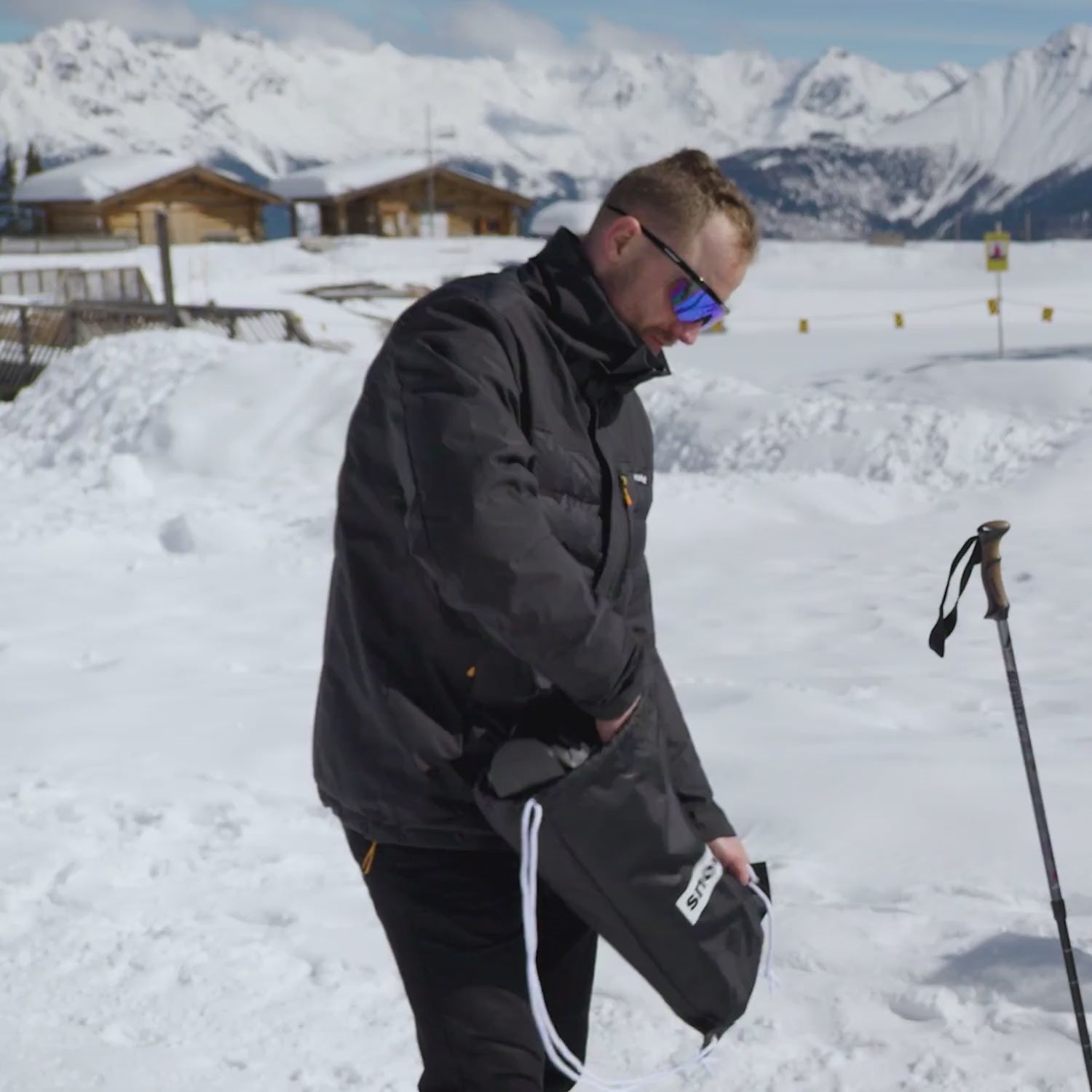
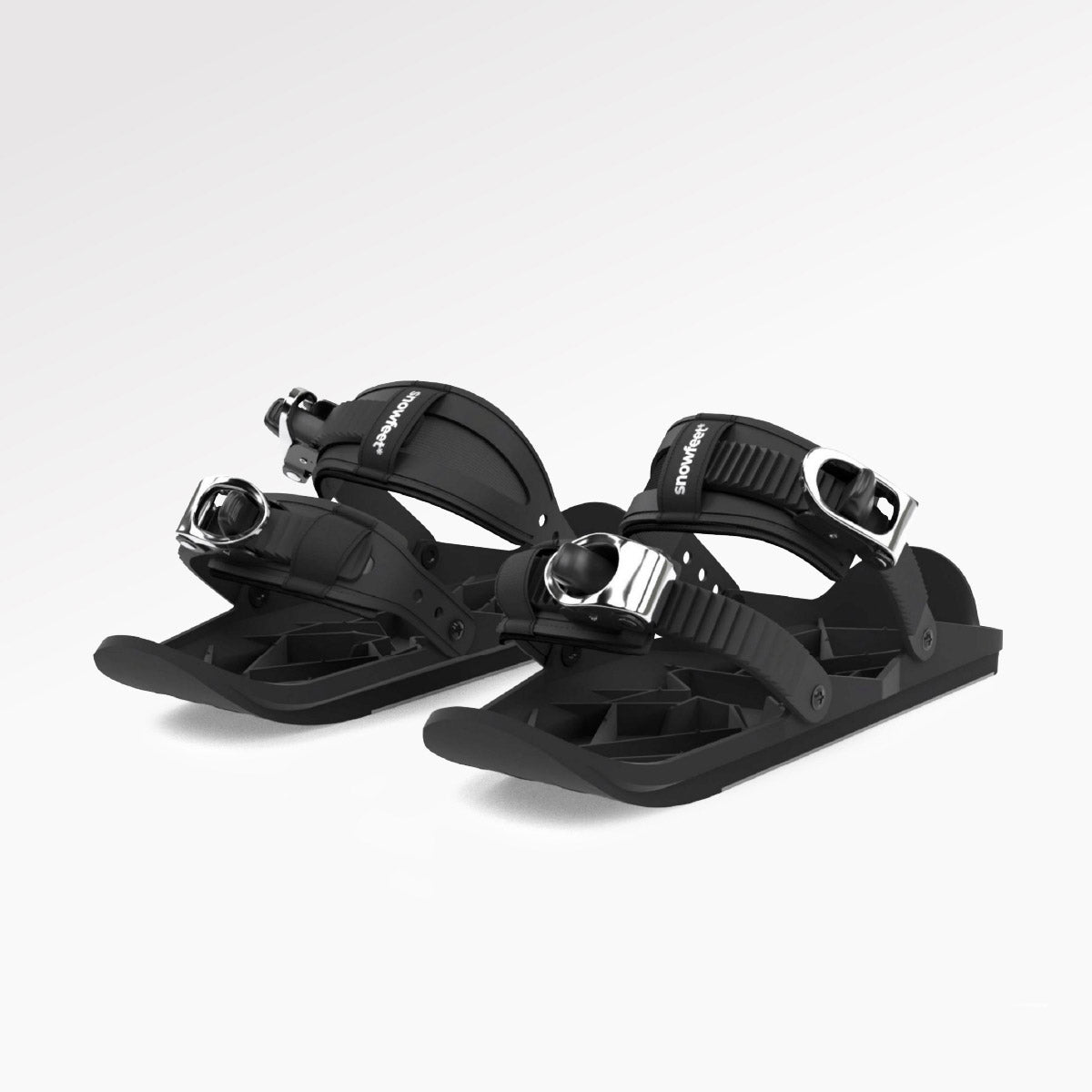
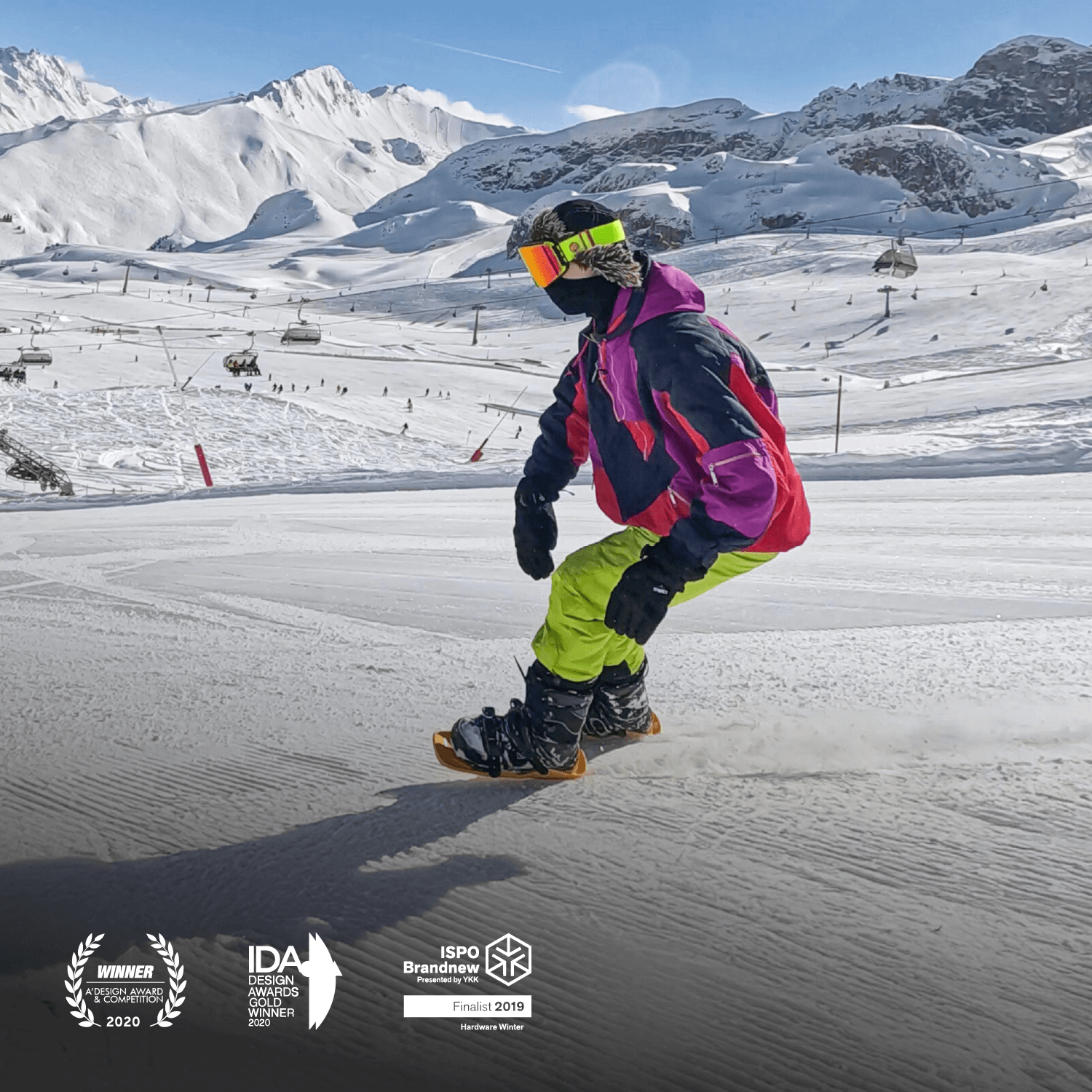
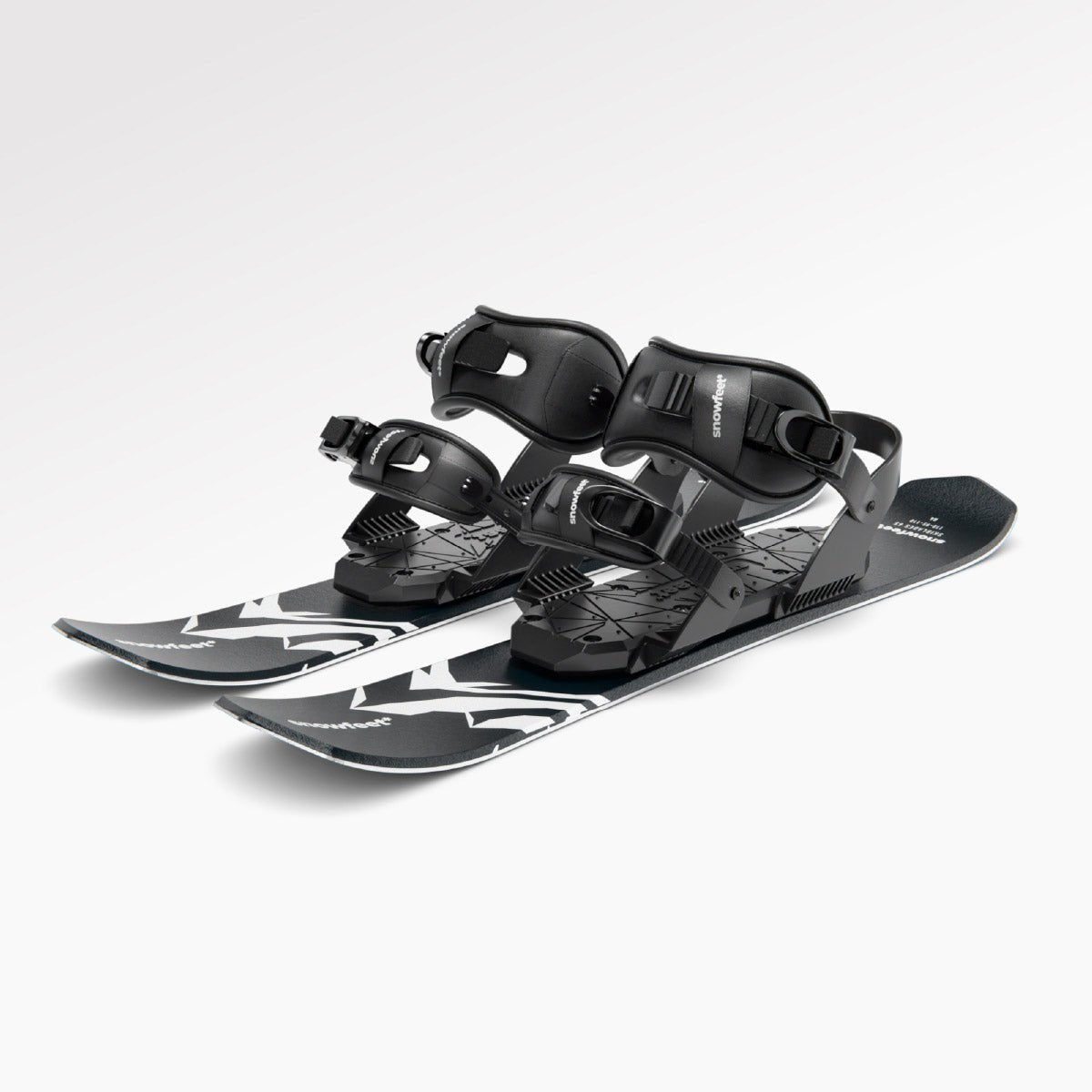
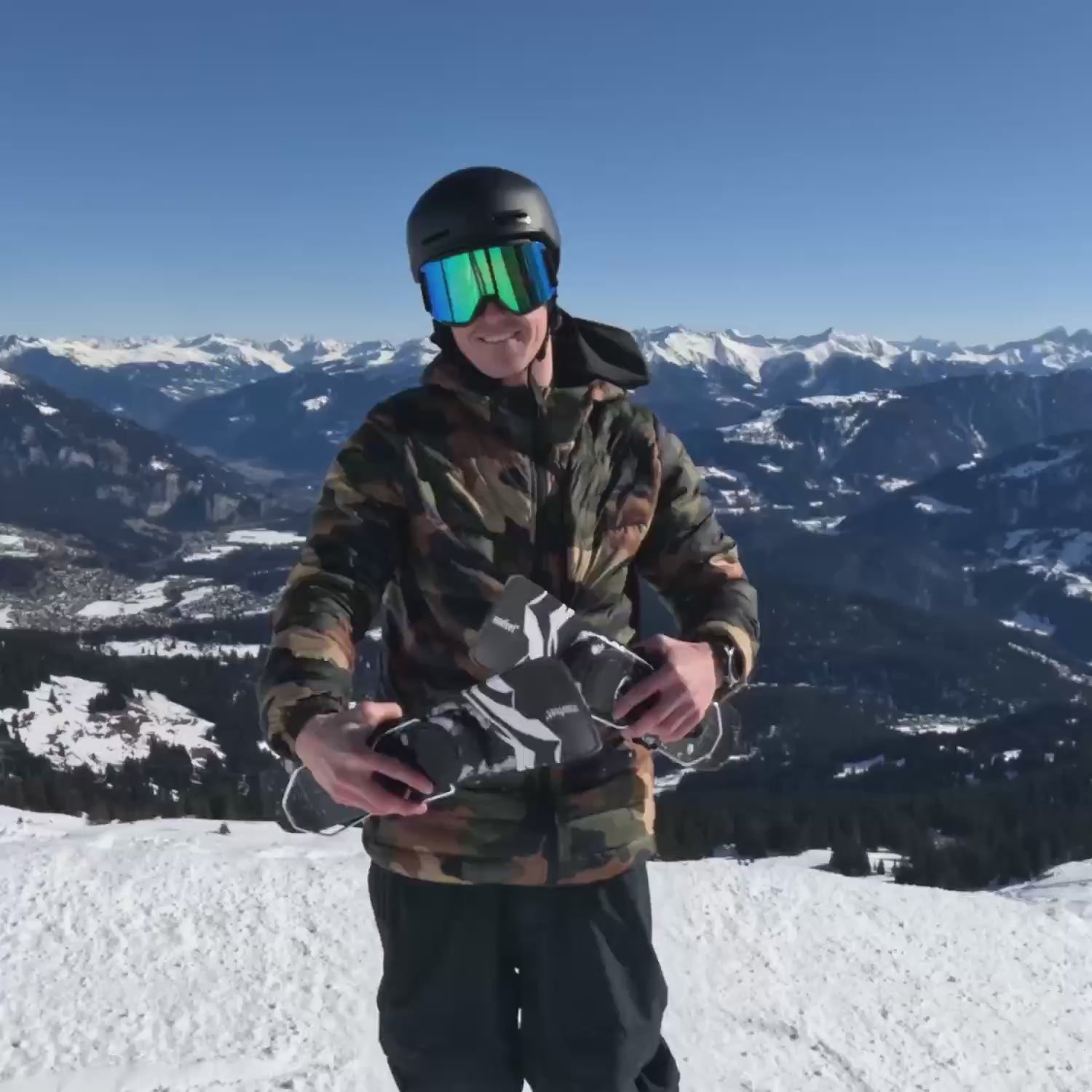
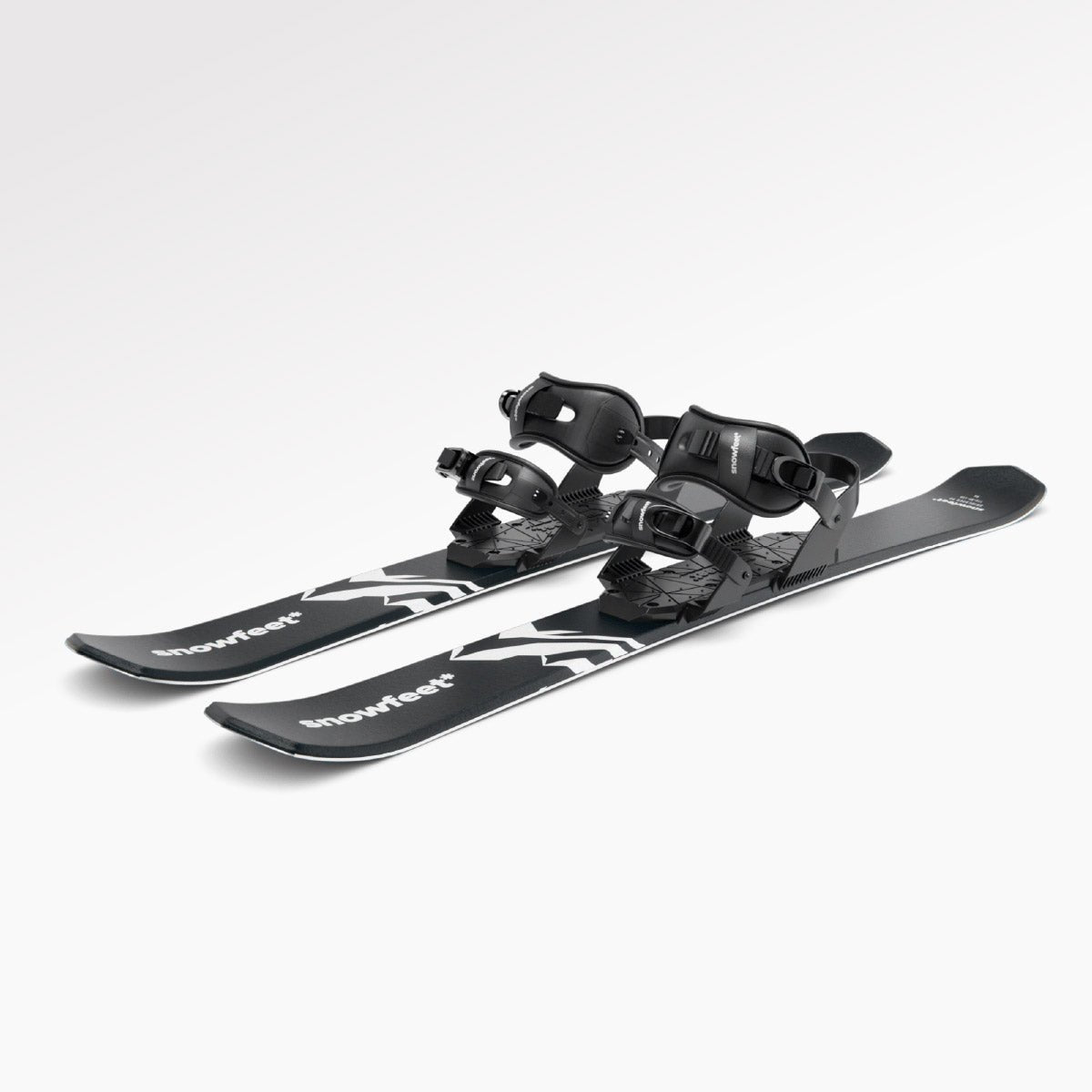
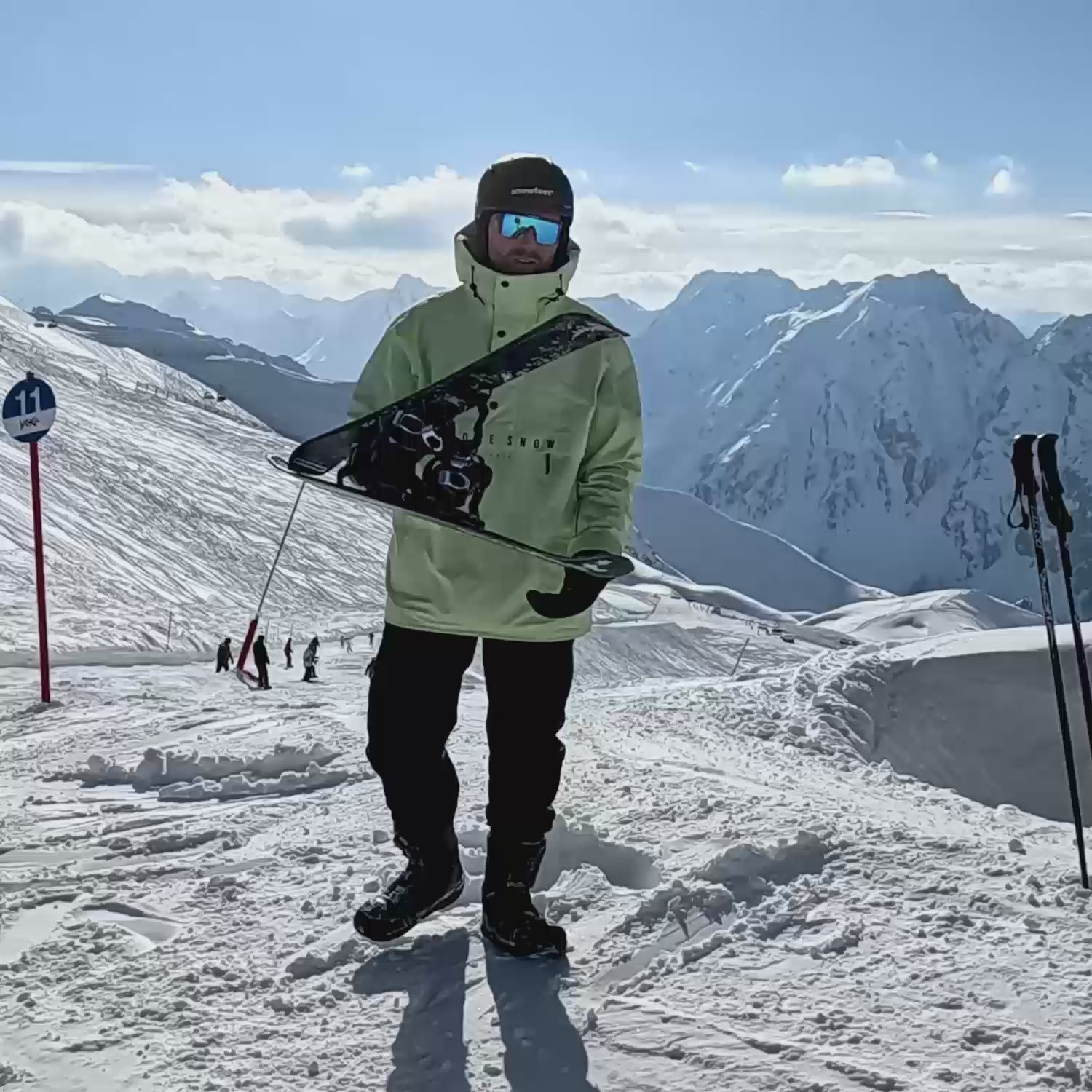
Laisser un commentaire
Ce site est protégé par hCaptcha, et la Politique de confidentialité et les Conditions de service de hCaptcha s’appliquent.